Osteoporosis is a common disease that reduces bone mineral density, making bones more fragile and prone to fracture, especially in postmenopausal women and the elderly.
This article was professionally consulted by Dr. CK1 Le Thi Thuy Hang, University of Medicine and Pharmacy Hospital, Ho Chi Minh City - Campus 3.
Symptoms of osteoporosis
- Osteoporosis progresses silently with nonspecific symptoms.
- Only manifests when there are complications:
* Acute and chronic bone and back pain.
* Hunchback, scoliosis, reduced height due to broken vertebrae.
* Chest pain, shortness of breath, indigestion... due to effects on the chest and vertebral bodies.
* Bone fractures: commonly occur at the distal end of the radius, femoral neck, lumbar and thoracic vertebrae.
* Appears after very minor trauma, even without obvious trauma.
Reason
- Primary osteoporosis: Due to age (over 50 years old), menopause.
- Secondary osteoporosis:
* Age: 50 years or older.
* Personal history: Broken bone after a minor trauma, family member has broken bone due to osteoporosis.
* Physical: Short, underweight, losing weight quickly.
* Lifestyle: Sedentary, little exercise, smokes a lot, drinks a lot of alcohol.
* Inadequate diet; lack of calcium, vitamin D, C...
* Diseases causing osteoporosis: Conditions that cause a decrease in sex hormones such as menopause, oophorectomy, prolonged amenorrhea, infertility; hyperparathyroidism, hyperthyroidism, insulin-dependent diabetes, kidney failure, rheumatoid arthritis, ankylosing spondylitis, spinal deformities, Cushing's syndrome, gastrointestinal diseases causing malabsorption, gastrointestinal resection, anorexia, hepatobiliary diseases...
* Bone metastasis; cancers (multiple myeloma, leukemia...).
* Use of certain drugs such as corticosteroids, heparin, phenytoin, treatment of thyroid hormone overdose, use of radiation therapy in cancer treatment...
Diagnose
The doctor may prescribe some paraclinical tests to help in the diagnosis and treatment of the disease such as:
- X-ray of the spine or femur.
- Bone mass measurement assesses the degree of osteoporosis.
- CT scan or MRI to assess bone mass.
- Quantification of bone resorption and bone formation markers.
Commonly confused diseases
Osteoporosis can be confused with the following diseases:
- Osteogenesis imperfecta or brittle bone disease.
- Secondary osteoporosis such as bone metastases, hematopoietic malignancies (multiple myeloma, leukemia...).
- Osteomalacia due to vitamin D deficiency, phosphorus metabolism disorders, tumors, genetic defects...
Treatment
- Modern medicine: Usually uses anti-bone loss drugs, pain relievers, muscle relaxants suitable for acute pain, but if used for a long time, they cause many side effects.
- Traditional medicine:
* The remedies Bo trung ich khi thang or Luc vi thang , Huu quy hoan help treat tuberculosis that causes osteoporosis with few side effects.
* Acupuncture and other methods such as thread implantation, auricular acupuncture, hydroacupuncture combined with herbal medicine increase the effectiveness of treatment. Heat therapy such as moxibustion, infrared lamp therapy or herbal medicine bag application helps warm the painful area.
* Acupressure massage combined with spinal exercises and health care movements help support the disease.
* Exercise: Exercise from light to strong (for the elderly who are just starting to exercise). You can walk (from normal walking to fast walking and then running), swim, play badminton, dance, and practice martial arts.
Prevent
- Lumbar brace, adjust sitting or standing posture correctly.
- Eat nutritious food.
* Foods that provide calcium include milk, yogurt, cheese, kale, dark green leafy vegetables, tofu, herring, salmon...
* Foods supplemented with vitamin D such as cod liver oil, vitamin-fortified milk, egg yolks, tuna, salmon, canned sardines, shrimp, calf liver...
- Sunbathe and take 400 IU of vitamin D daily.
- Exercise regularly.
- Quit smoking or drinking too much alcohol or coffee.
America and Italy
Source link






![[Photo] Prime Minister Pham Minh Chinh chairs a meeting of the Government Standing Committee on overcoming the consequences of natural disasters after storm No. 11](https://vphoto.vietnam.vn/thumb/1200x675/vietnam/resource/IMAGE/2025/10/09/1759997894015_dsc-0591-jpg.webp)
![[Photo] Prime Minister Pham Minh Chinh chairs the Conference to deploy the National Target Program on Drug Prevention and Control until 2030](https://vphoto.vietnam.vn/thumb/1200x675/vietnam/resource/IMAGE/2025/10/09/1759990393779_dsc-0495-jpg.webp)






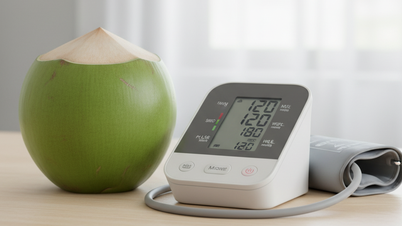



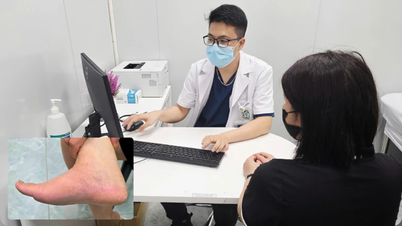






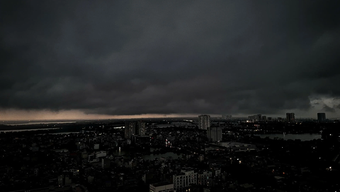



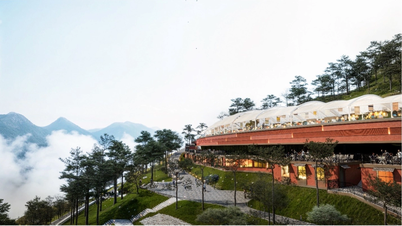


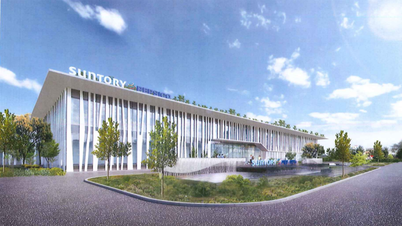

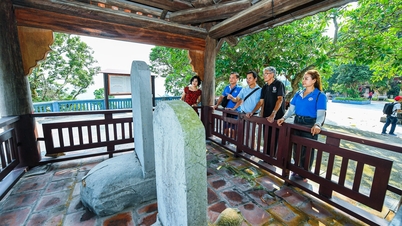

















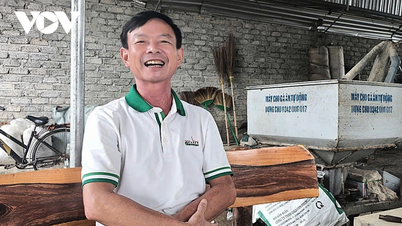













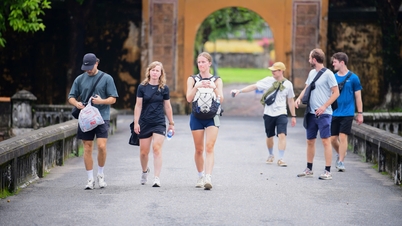





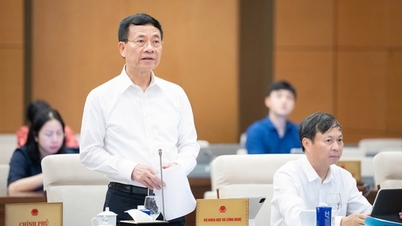








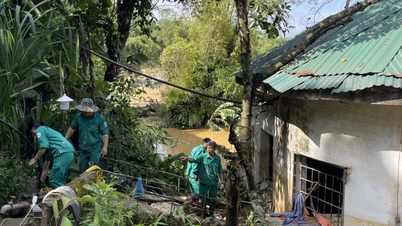

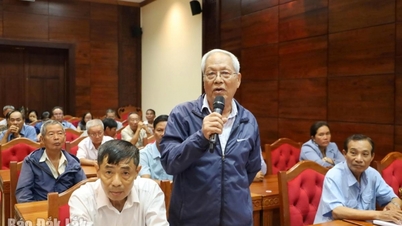










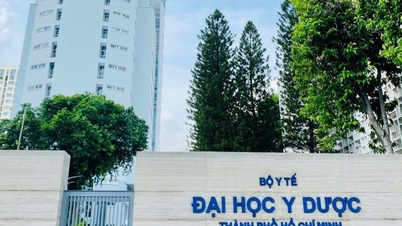






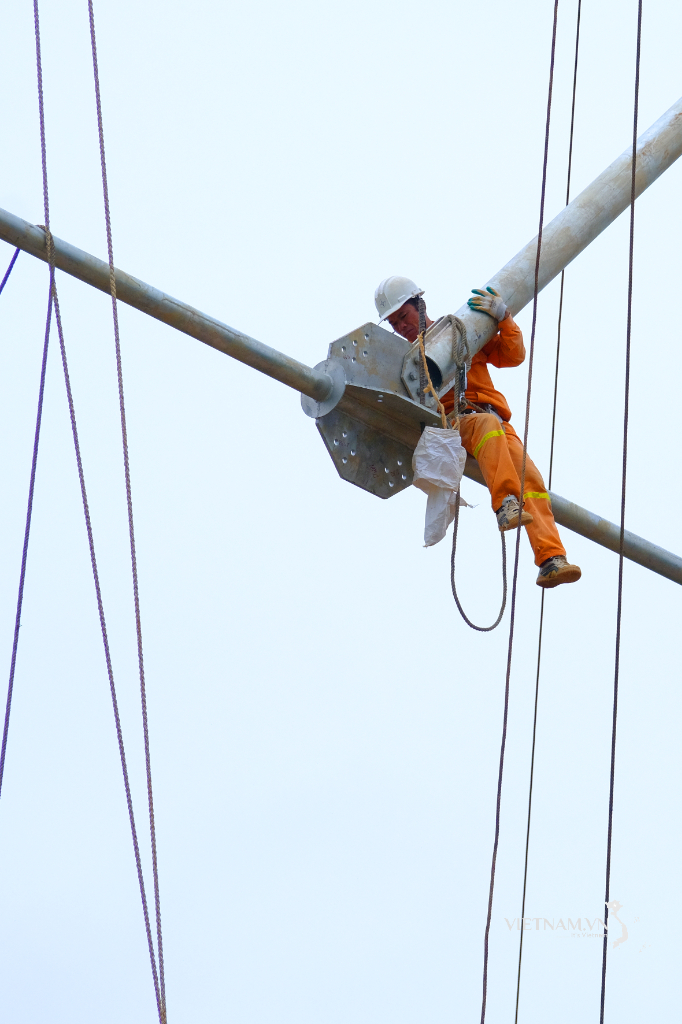
Comment (0)